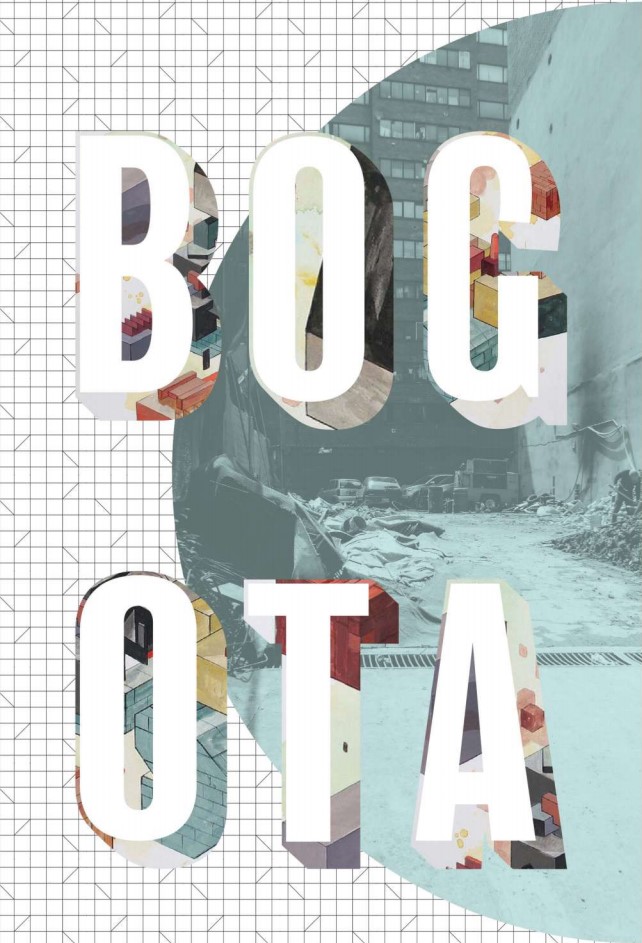Positions in Practice | Bogota (2017)
(IN)Tangible memory of the centre of Bogota
Students: Guillermo Rodriguez Verjan, Martine Huijsmans, Matthew Cook, Lilian Tran
Title: Bogota - Positions in Practice: Constructing the Commons in the Latin American Metropolis
Semester: 2017
Teachers: prof. dr. ir. Tom Avermaete, prof. dr. ir. Klaske Havik, dr. ir. Jorge Mejia Hernandez,
Bogotá, like most Latin American capitals, has undergone exponential population growth throughout the 20th century, rising from 700,000 inhabitants in 1951, to more than 8 million today. This growth has been the result of simultaneous and interrelated processes of attraction to the city as a source of opportunity, prosperity and safety, and repulsion from unproductive and violent rural peripheries. Accommodating successive and continuous waves of rural immigration has, for decades, been a challenge for the city, both in political and spatial terms. Issues of identity are manifest in diverse communities and their particular spatial practices.
The research group started by studying the area of La Soledad, just north of the historical city centre. It is a middle class, cultured, and safe part of the city. It is, however, not without its problems. The pressures of migration, densification and gentrification are noticeable in this area of the city - it has a large homeless population and various poorly functioning urban elements. On the other hand, the neighbourhood is relatively well-functioning and as a result it has been under-studied in the past in favour of more problematic areas. The aim of our investigation was understand the root of this area’s success, and interrogate its shortcomings. This book covers the research phase of the project and shares our initial investigation of Bogotá. It summarises six months of insight, explaining how the students developed their own methods of analysis, investigated the city and formed initial architectural proposals for Bogotá. The second half of the year will be concerned with developing these proposals into plans.
More information and documentation about this project and booklet can be found here.
